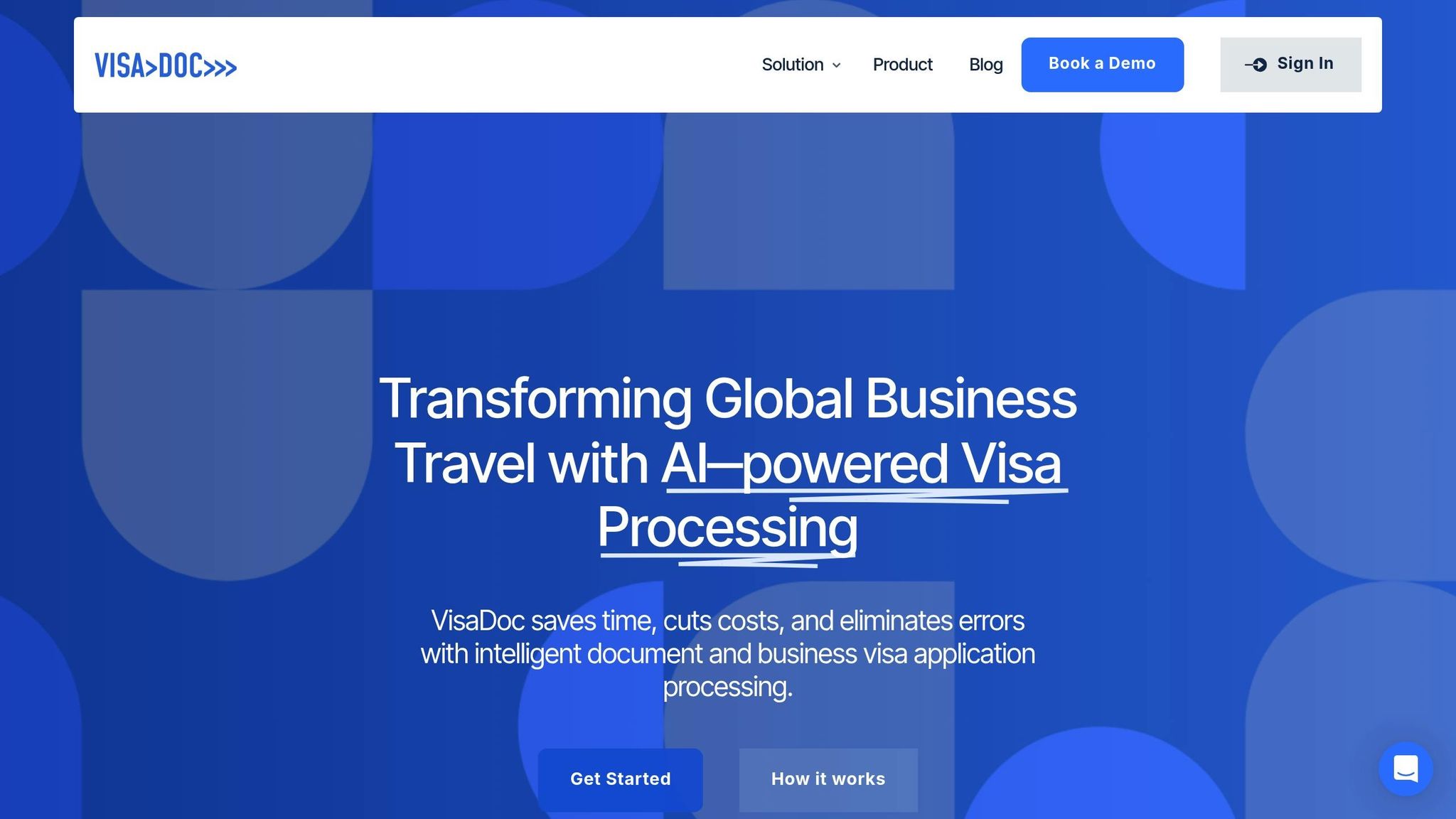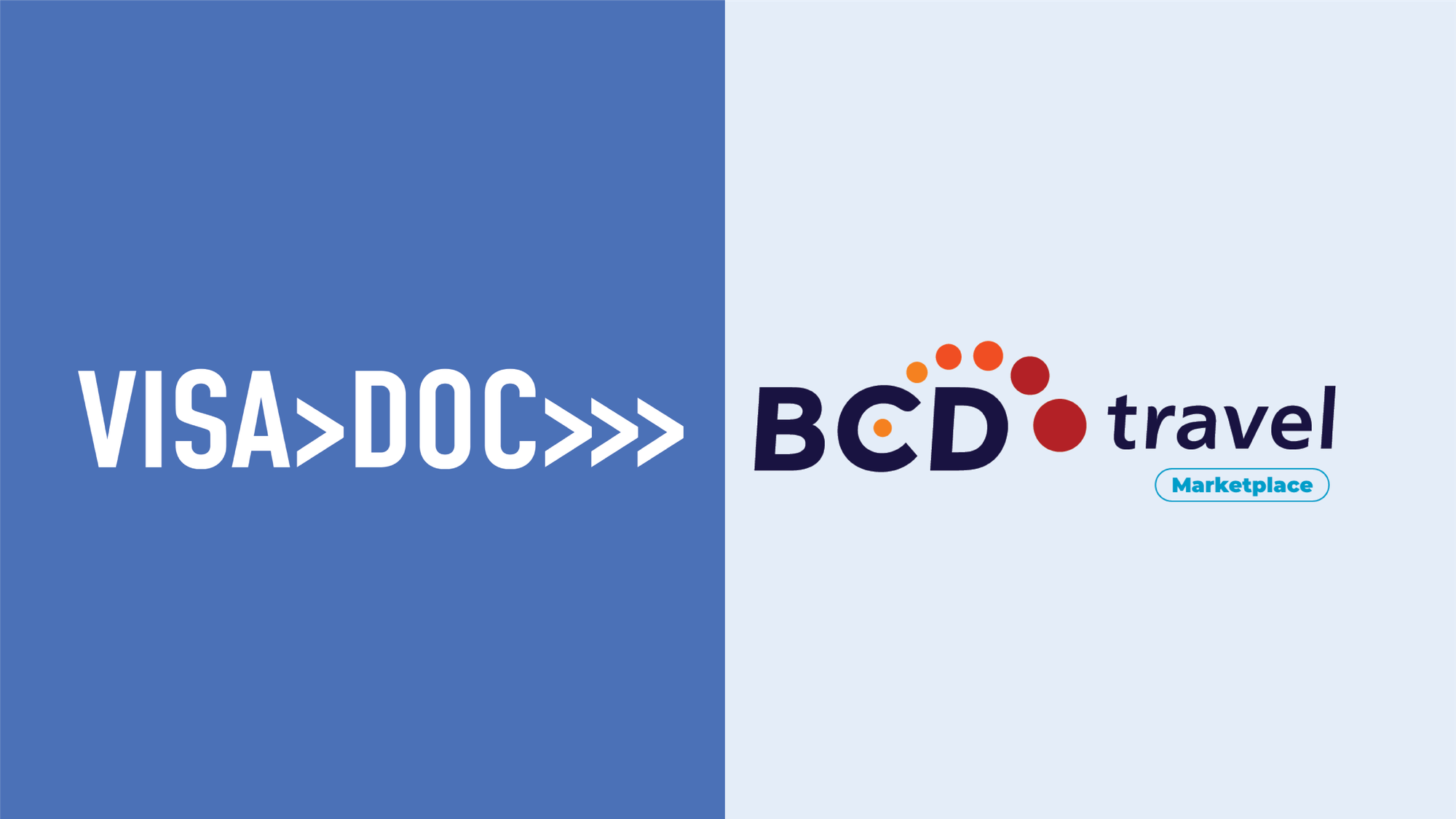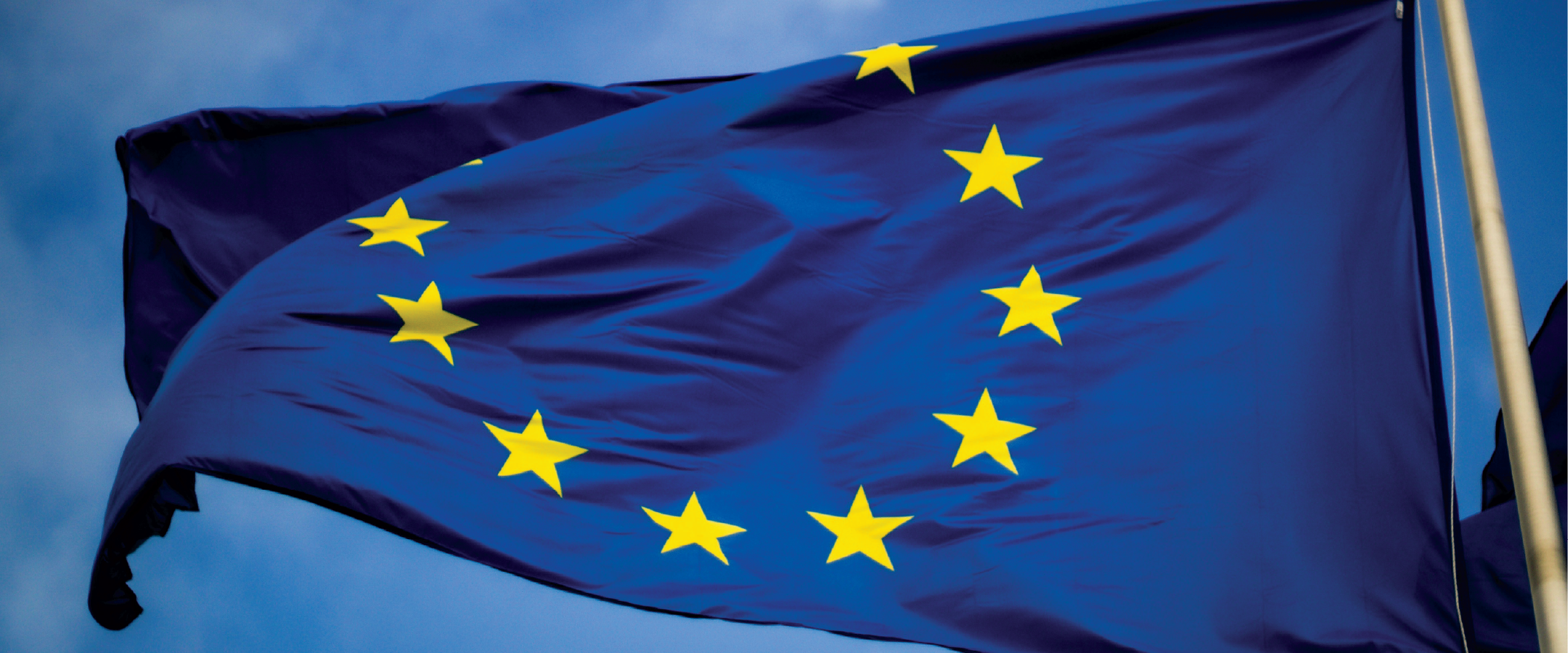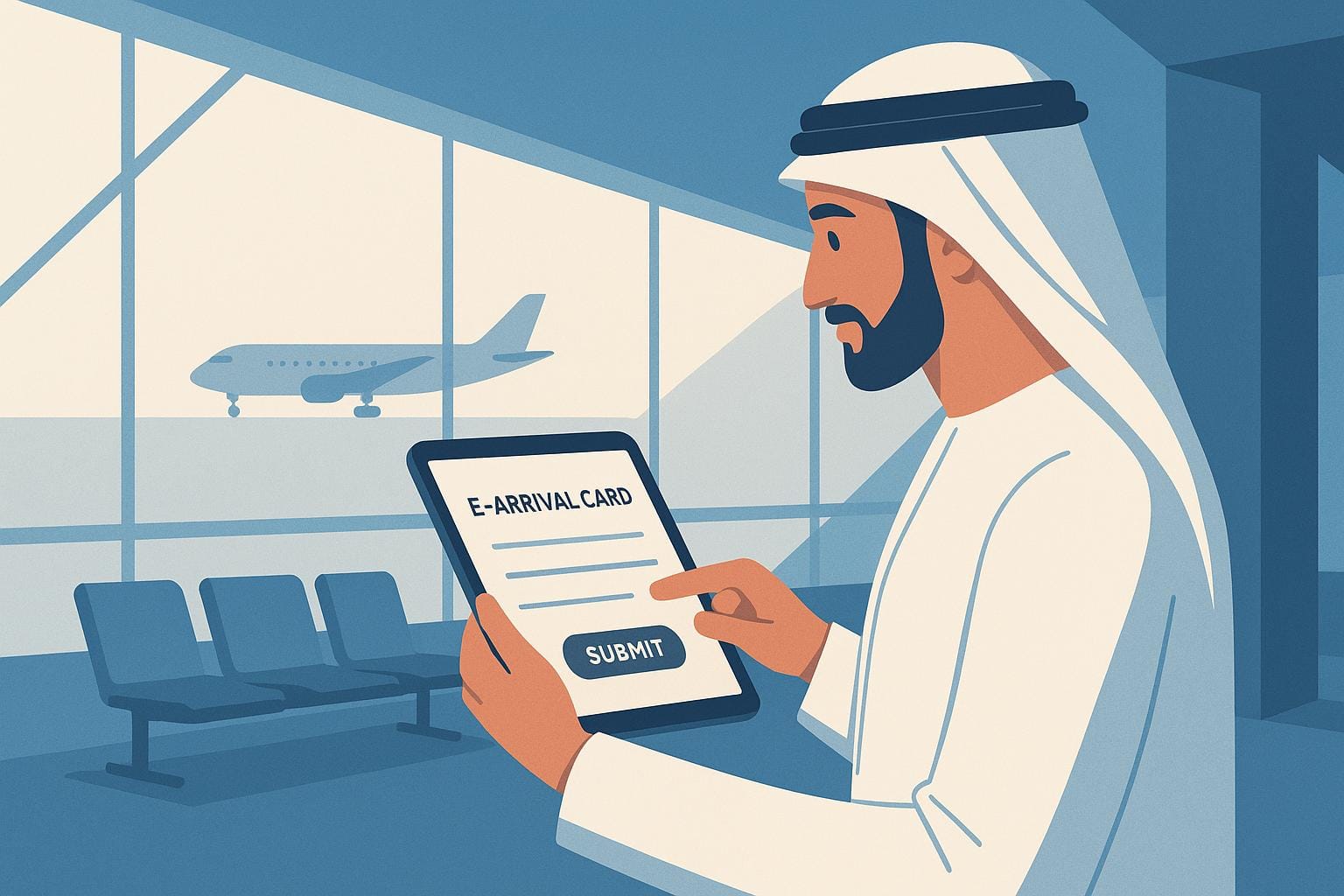When travelling to Canada for corporate product demonstrations, having the correct documentation is crucial. Even if you're from a visa-exempt country, you must prove your visit is temporary and strictly business-related. Here's what you need to know:
- Key Documents: Passport, an Electronic Travel Authorisation (eTA) for air travel, a business invitation letter from your Canadian host, proof of employment from your home country, financial records (bank statements and payslips), travel bookings, and proof of ties to your home country (e.g., utility bills or property documents).
- Purpose of Visit: Ensure your activities qualify as international business, not entering the Canadian labour market.
- Common Pitfalls: Insufficient documentation, unclear purpose, or lack of proof of return plans can lead to entry denial.
- Preparation Tips: Organise documents clearly, double-check details, and carry originals and copies in your hand luggage.
Proper preparation ensures smooth entry and avoids delays or complications at the border.
Who Can Enter Canada as a Business Visitor
Understanding who qualifies as a business visitor is key to ensuring smooth product demonstrations in Canada. The distinction between participating in international business activities and entering the Canadian labour market plays a crucial role in determining eligibility at the border.
Business Visitor Definition
A business visitor is a foreign national who enters Canada exclusively for international business purposes. These activities can include product demonstrations, attending meetings, providing after-sales service, participating in training, taking orders, purchasing goods, or attending conferences.
However, there are clear boundaries. If an individual is hired directly by a Canadian company to work on-site and is paid by that company, they do not qualify as a business visitor. Similarly, freelance consultants contracted and paid directly by a Canadian company are also excluded from this category.
Product demonstrations generally fall within the scope of acceptable business visitor activities, as long as they remain part of international business operations and do not involve direct employment with a Canadian company.
Main Requirements You Must Meet
To qualify as a business visitor, certain conditions must be met:
- Short stay: The visit must be less than six months.
- Financial independence: The visitor must have a primary business and source of income outside Canada.
- Proper documentation: A valid travel document, proof of sufficient funds, clear departure plans, and no criminal, security, or health risks are required.
- Purpose clarity: Strong supporting documents must clearly outline the visit's purpose.
Failure to meet even one of these criteria can result in application rejection.
Why Applications Get Rejected
Even when all requirements appear to be met, applications can still be denied due to common pitfalls. A frequent issue is insufficient documentation, which often leaves officials unconvinced about the purpose of the visit.
An unclear business purpose can also raise red flags. Border officials must be assured that the visitor’s activities are strictly international and do not resemble employment within Canada. Additionally, failure to provide proof of departure - such as a return flight booking or evidence of ongoing employment abroad - can lead to denial at the border.
Financial issues are another concern. Visitors must demonstrate they have enough funds to cover their stay, and funding must not originate from Canadian sources. Finally, if a team member’s activities suggest they are effectively working for a Canadian company rather than conducting international business, a work permit may be required.
Required Documents for Product Demonstration Visits
Thorough preparation is essential when travelling to Canada for product demonstrations. Border officials have considerable discretion, so having the right documents ready can make your entry process much smoother.
Complete Document Checklist
Essential Travel Documents
- Your passport must remain valid for the entire duration of your stay in Canada.
- While UK citizens don’t need a visa for visits up to six months, an Electronic Travel Authorization (eTA) is required. Apply for your eTA online before travelling, ensuring you use the same passport for both the application and travel.
Business Invitation Letter
A business invitation letter from your Canadian host is crucial. This document, issued on the host company's official letterhead, must include:
- Your full name and the Canadian company’s complete address and contact details.
- A clear explanation of the purpose of your visit and the activities planned during the demonstration.
- Specific entry and exit dates, showing the visit’s duration.
- Confirmation that you will not engage in activities classified as “work” in Canada.
- Verification that you are employed outside Canada and will not receive any funding from Canadian sources.
- Details of which party will cover your travel expenses.
"The most common misconception is that when inviting a foreign national to Canada as a business visitor, supporting documentation is not necessary." – Elena Ashford, Immigration Lawyer
Employment Verification
Obtain a letter from your UK employer confirming your employment. This should detail your start date, job title, full-time status, responsibilities, and annual salary.
Financial Documentation
Provide six months’ worth of recent bank statements showing a sufficient balance, along with two or three recent payslips. If your Canadian host is covering your expenses, include proof of this. Otherwise, be prepared to demonstrate that you have enough funds to cover your stay and return journey.
Travel Arrangements
Keep your return flight confirmation and hotel bookings handy to show the temporary nature of your visit. Border officials may also ask for proof of onward or return tickets [1, 17].
Supporting Business Documents
Include materials that verify the purpose of your visit, such as meeting agendas, conference invitations, contracts under negotiation, or correspondence with Canadian companies. Documents like business registration certificates or corporate profiles can further establish your company’s credibility.
Proof of Home Country Ties
Provide a recent utility bill or similar document to confirm your UK residency. Additional documents, such as property deeds, rental agreements, or investment statements, can further demonstrate your intention to return to the UK [1, 16].
How to Prepare Your Documents
Once you’ve gathered all the necessary paperwork, proper organisation and presentation are key to ensuring a smooth process at the border.
Formatting Standards
Use the DD/MM/YYYY format for dates and display all financial figures with the £ symbol and commas for thousand separators.
Document Quality and Timing
Double-check all details for accuracy, and consider having your invitation letter notarised to streamline processing. Organise your documents in the following order: passport and eTA, invitation letter, employment verification, financial records, and supporting materials. Keep original documents separate from clear, legible copies.
Make sure your invitation letter is dated within two years of your visit, as older letters may not be accepted.
How to Apply for Canadian Business Visas
Applying for Canadian business visas requires careful preparation and attention to detail. By understanding the process, HR teams and visa managers can help travellers avoid delays or rejections.
Getting Ready to Apply
Before starting the application, identify the type of authorisation the traveller needs. For instance, UK citizens generally don’t require a traditional visa for business visits lasting up to six months. However, they must apply for an Electronic Travel Authorization (eTA) if travelling by air. Employees with other passports or those planning longer stays may need a Temporary Resident Visa (TRV) instead.
It’s vital to confirm that the planned activities qualify as legitimate business purposes. Activities like product demonstrations, client meetings, or after-sales service are typically acceptable, but it’s essential to prove that the visitor won’t be entering the Canadian labour market. This distinction is important because working in Canada requires a separate permit.
Conduct a thorough document review to avoid errors or misrepresentation, as this could result in a five-year visa ban. Ensure that all dates, financial figures, and details adhere to UK standards.
If the traveller is attending a registered business event, request an event code from the Canadian organiser. Including this code can help streamline the approval process. Additionally, keep track of visa expiry dates and employment authorisations to maintain compliance.
Once these preparations are complete, you can move on to completing the online or paper application.
Filing Your Application
After gathering and reviewing the necessary documents, the next step is to file the application accurately. The process varies depending on whether the traveller needs an eTA or a TRV.
For an eTA, the process is entirely online and typically takes just a few minutes. You’ll need the traveller’s passport information, employment details, and a valid credit card to pay the fee.
For a TRV, the process is more detailed. The standard application fee is CAD$100, with an additional CAD$85 for biometrics if required, and approximately CAD$45 for passport processing once approved.
To avoid complications, ensure all forms are filled out correctly. The traveller’s name must match their passport exactly, and all supporting documents should align with the submitted information. Organise the documents starting with the passport and travel authorisation, followed by the invitation letter, employment verification, and financial proof. Keep digital copies of all submissions for your records.
If biometrics are needed, schedule the appointment promptly after submitting the application to avoid delays, especially during busy travel seasons. Also, ensure the invitation letter clearly states the business-only purpose of the trip.
After You Submit
Once the application is submitted, regular monitoring is essential. Processing times vary depending on the type of application and the applicant’s country of residence. Business visitor applications often process faster than other visa categories, but Immigration, Refugees and Citizenship Canada may request additional documents during the review. Responding quickly and thoroughly to such requests can help avoid delays or refusals.
For organisations handling multiple applications, it’s important to track the status and deadlines for each one.
Travellers should carry key documents, such as the approval letter, invitation, and return ticket, in their hand luggage for easy access.
Finally, conducting regular compliance checks and responding promptly to any immigration-related queries ensures smooth corporate travel. Partnering with immigration law professionals can also be a valuable resource, especially for complex cases, helping to protect both your employees’ travel plans and your organisation’s objectives.
Staying Compliant and Managing Corporate Travel
After completing the necessary document preparation and application steps, keeping things compliant during and after entry is crucial. Without proper monitoring, product demonstration visits can lead to penalties or legal issues, potentially disrupting operations and jeopardising partnerships in Canada. A structured approach ensures compliance and smooth operations throughout each visit.
How to Stay Compliant
Compliance starts with closely tracking employee activities and the time they spend in Canada. Business visitors must clearly show that their main income and business operations remain outside Canada, and they must not engage directly in the Canadian labour market.
To achieve this, consider using a reliable tracking system. Such systems can log employee days in Canada and provide HR teams with insights into each traveller's status and any potential risks. Accurate records - such as timesheets or travel logs - are essential for documenting the purpose and duration of each visit.
For employees who frequently travel to Canada for product demonstrations, set clear policies. These should include maximum visit durations, guidelines for keeping documentation updated, and approval processes for multiple entries.
Ensure compliance with Canadian payroll tax withholding and reporting requirements. Failing to meet these obligations can result in hefty fines, ranging from 10–20% of the required amount. Additionally, errors or omissions on T4 slips can lead to penalties between approximately £80 and £6,000.
It’s also vital to adopt duty of care practices to protect employee wellbeing during their visits. This extends beyond travel logistics to include health guidelines, vaccination protocols, and emergency response plans. Maintaining audit-ready documentation - such as invitation letters, employment verification, financial proof, and activity logs - can help identify and address issues early. Staying in touch with travelling employees ensures any deviations from approved activities are managed promptly.
To make these processes more manageable, explore technology solutions tailored for corporate travel management.
Using VisaDoc for Corporate Travel Management

VisaDoc offers a streamlined way to handle documentation and compliance for corporate product demonstration visits to Canada. It helps reduce legal risks while boosting efficiency.
The platform centralises document management, ensuring all required paperwork is up-to-date and easy to access. It tracks document expiry dates, employment authorisations, and visa validity, helping organisations avoid compliance gaps that could lead to entry refusals or penalties.
VisaDoc's AI-powered document verification system identifies errors before submission, ensuring that critical details - such as dates and financial figures - are accurate. This minimises the risk of misrepresentation.
Automated communication features simplify coordination between employees, HR teams, and compliance officers. By integrating with existing HR and travel booking systems, VisaDoc eliminates duplicate data entry and reduces administrative workload. Its reporting tools provide insights into travel patterns, highlight compliance trends, and help refine product demonstration programmes.
For organisations managing complex, multinational product demonstration schedules, VisaDoc offers personalised notifications and expert-curated updates to keep teams informed about regulatory changes. This proactive approach not only protects key business relationships but also supports smooth product launches, ensuring corporate travel is handled efficiently and securely.
Final Steps for Successful Entry and Compliance
After completing your document preparation and application processes, the final pre-departure checks are crucial for ensuring a smooth entry at the border, especially for corporate product demonstrations. These last steps can mean the difference between a hassle-free experience and unexpected complications.
Make sure your passport is valid for the entirety of your stay, and confirm that your eTA application matches the details on your passport. Keep essential documents, such as your invitation letter, UK employment verification, and recent pay stubs, easily accessible.
Always carry critical documents in your hand luggage. These include:
- Contact details for your Canadian business host (available 24/7)
- Proof of sufficient funds for your stay and return travel
- Any warranty or service agreements related to your product demonstration
These steps ensure a seamless transition from preparation to entry, strengthening your overall compliance approach.
"Border officials have enormous discretion when evaluating whether an individual qualifies for entry as a business visitor, so it is important for the traveler to carry supporting documentation to justify the purpose of their trip to Canada." – Baker McKenzie Resource Hub
Be prepared for detailed questioning at the border. Canada Border Services Agency officers will scrutinise your activities to ensure they align with permitted visitor categories. Expect questions about the purpose of your trip, your immigration status, and any goods you’re bringing into the country. Having clear, concise answers and the necessary documentation ready will demonstrate your compliance with business visitor regulations.
For organisations managing multiple product demonstrations, thorough final checks can reduce evidence requests by up to 60–70%. Maintaining a "Visa-Ready" portfolio ensures faster application processes and consistency across corporate travellers.
Leverage technology for efficiency. Tools like VisaDoc simplify these final steps by automating compliance checks and verifying documents. Its AI-powered system flags errors before submission and keeps all documentation up-to-date and easily accessible. For companies regularly conducting product demonstrations in Canada, this structured approach safeguards business relationships and supports market expansion efforts.
Careful preparation and a strong compliance strategy help avoid delays, ensuring your operations run smoothly.
FAQs
What is the difference between visiting Canada for business purposes and working there during a corporate product demonstration?
The key distinction revolves around the reason for your trip and the activities you're permitted to undertake. Business visitors come to Canada for tasks like attending meetings, participating in conferences, or showcasing products. However, they aren't part of the Canadian labour market and don’t engage in work that directly benefits a Canadian company. On the other hand, performing tasks such as working during a corporate product demonstration typically involves being employed by a Canadian company, which requires a valid work permit.
Business visitors are generally required to provide proof that their income and employment are based outside Canada. In some cases, they may also need a Business Visitor Visa. Meanwhile, individuals entering the Canadian labour market must meet more stringent conditions, such as obtaining a work permit and adhering to Canadian employment laws. Be sure to review the specific documentation requirements for your situation to avoid any complications during your entry process.
What documents do I need to ensure a smooth entry into Canada for a business visit?
Preparing for a Business Visit to Canada
If you're planning a business trip to Canada, having the right documents in hand is crucial for a hassle-free entry. First, ensure you meet the criteria for a business visitor. This means you won’t be entering the Canadian labour market and your employment must remain outside Canada. A valid passport is essential, and depending on your nationality, you might also need either a visa or an Electronic Travel Authorisation (eTA).
To strengthen your case, carry a letter of invitation from the Canadian company hosting you. Supplement this with relevant documents such as meeting agendas, event registrations, or any proof that outlines the purpose of your visit. Additionally, it’s wise to bring evidence of your ties to your home country - this could include proof of employment or property ownership. These documents demonstrate your intention to return home and can help ease any concerns from border officials.
By organising these details in advance, you’ll reduce the likelihood of any issues at the border.
What should I do if my eTA application is delayed or refused before my business trip to Canada?
If your Electronic Travel Authorisation (eTA) application faces delays or gets refused, it’s important to act quickly to minimise any impact on your travel plans.
Start by checking your email thoroughly, including your spam or junk folders, for any communication from Immigration, Refugees and Citizenship Canada (IRCC). They might have requested more information or documents, so make sure to respond promptly and accurately. If you haven’t received any updates within 72 hours, use IRCC’s online enquiry form to follow up, providing all the necessary details about your application.
Should your eTA not be approved in time, you may need to adjust your travel plans. If your application is refused, carefully review the reasons given, address any issues, and consider submitting a new application. For more complicated situations, seeking advice from a professional could help ensure your application meets the required standards.
Related Blog Posts
- India Business Travel Guide: Visas, Permits, and Cultural Tips for Success
- Conducting Market Research in Japan: Specialized Short-Term Business Visa Guidelines for Corporate Teams
- Trade Show Participation in China: Business Visa Timing and Documentation for Exhibition Staff
- Schengen Quick Entry: 72-Hour Business Meeting Visa Options for Urgent Corporate Travel













